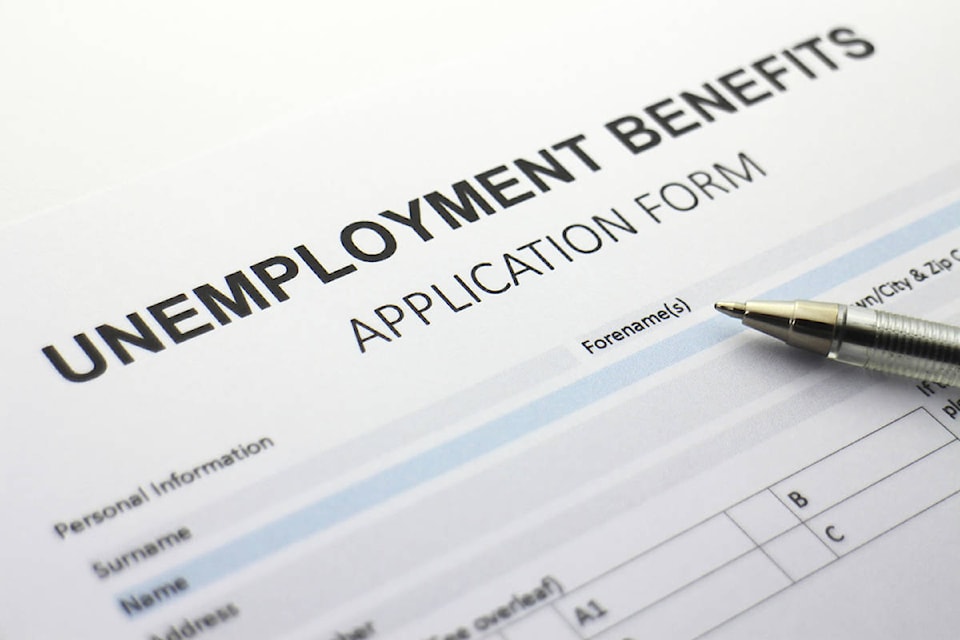by Timothy Schafer
Local Journalism Initiative Reporter, The Nelson Daily
The Kootenay region’s economy and employment numbers are at the head of the recovery in B.C., according to the latest figures released by Statistics Canada.
The Kootenay unemployment rate is 5.8 per cent — below the provincial average of 6.6 per cent — and its post third-wave pandemic job recovery rate is second highest in the province at 105.3 per cent, a Statistics Canada Labour Force Survey for July 2021 has revealed. The Cariboo region was first at 107.4 per cent while the provincial job recovery rate was 100.5 per cent.
For the second straight month the Kootenay region and the province have shown employment figures above their respective pre-pandemic levels.
Those figures run contrary to the historic data for the Kootenay region, which typically saw unemployment in the region consistently higher than the provincial rate — 8.6 per cent compared to 7.2 per cent for all of B.C. from 1995 to 2008.
But full-time employment is slightly less common in the Kootenay region than in other parts of the province, with around 77 per cent of the population employed full time in 2008. The provincial average is 80 per cent. There was a gain of 3,300 full-time jobs and a reduction in part-time jobs by 6,500 last month throughout the province.
Making it work
Construction is the biggest employer in the goods sector and the second-biggest in the region, after wholesale and retail trade.
Eleven per cent of the region’s workers have jobs in this industry. Forestry, fishing and mining (10 per cent) and manufacturing (six per cent) are also close. Three per cent of the region’s workers have jobs in agriculture.
• Most of the manufacturing activities in Kootenay are related to the processing of natural resources such as wood (35 per cent) and paper (11 per cent) production.
• With the Trail-Cominco zinc-lead smelter, mineral processing (23 per cent) is another important manufacturing employer.
Rural living
The Kootenay region has the second highest rural population in the province at 40 per cent rural. Only North Coast and Nechako (43 per cent) had a larger rural population.
In central Kootenay — which includes Nelson, Castlegar and Creston — more than half (54 per cent) of the 59,000 residents live in rural areas. East Kootenay (29 per cent) and Kootenay Boundary (34 per cent) have a proportionally smaller rural population.
Overall, the Kootenay region has one of the lowest populations in the province, with only three per cent of British Columbians living here.
Although the region’s population declined throughout most of the period since 1995, it has been growing in recent years, with virtually the same population level as in 1995.
In addition, population growth across all age groups has been below average, with the number of working-aged people living in the Kootenay increasing by only three per cent compared to the provincial rate of 20 per cent.
• With the highest median age of all of the economic regions, Kootenay’s senior population is growing (plus 24 per cent), but there were 26 per cent fewer children living in the region now than in 1995.
The workforce
There were 71,500 people working in Kootenay in 2008, making up just three per cent of total employment in the province.
• About 46 per cent of the workforce in Kootenay is female, slightly less than the share for the province as a whole (47 per cent).
According to the report, self-employment is very common in the Kootenay region with almost 23 per cent of the workers declared as self-employed — more than the 19 per cent average for all of B.C.
A look ahead
The region’s population is expected to continue to grow at a slower pace than in the province as a whole, and its share of total population and employment is expected to decline, noted a provincial report.
“It’s anticipated that Kootenay’s share of total goods sector employment will remain at about five per cent, while its share of all service sector jobs in B.C. remain at just over three per cent,” read a Guide to the B.C. Economy and Labour Market.
Population and job growth in the region were expected to remain below average.
